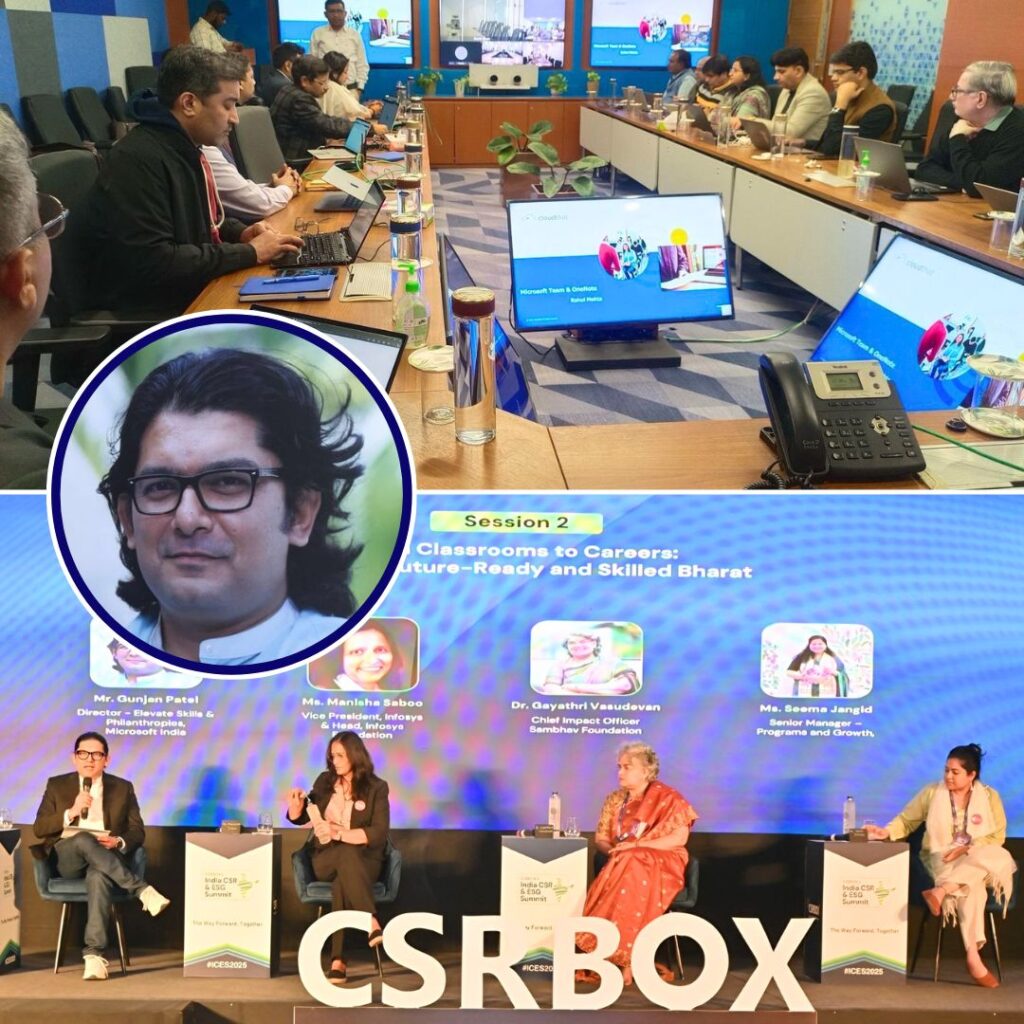A recent scientific study has revealed uranium contamination in the breastmilk of lactating mothers across six Bihar districts, raising concerns about infant health.
However, leading experts, including a senior scientist and member of the National Disaster Management Authority (NDMA), have stated that the uranium levels detected are significantly below the World Health Organization’s permissible thresholds and pose no immediate public health danger.
Despite a model-based risk estimate showing about 70% of infants could face non-carcinogenic health risks, experts unanimously advise that breastfeeding must continue as the benefits far outweigh potential risks. Officials urge ongoing environmental monitoring and public health advisories.
Uranium Levels and Infant Health Risks in Detail
The study sampled breastmilk from 40 mothers aged between 17 and 35 years in Bhojpur, Samastipur, Begusarai, Khagaria, Katihar, and Nalanda districts. Every breastmilk sample contained uranium, with concentrations peaking at 5.25 micrograms per litre (μg/L)-well below the WHO safety limit of 30 μg/L set for drinking water.
Despite this, infants are uniquely vulnerable to uranium exposure because of their developing organs and lower body weight, which means even low doses could potentially cause adverse effects on neurological development, cognitive functions, and kidney health over long-term exposure.
Advanced statistical simulations (Monte Carlo) predicted that approximately 70% of infants could experience non-carcinogenic health effects due to this exposure. However, no increased cancer risk was detected from the uranium levels measured.
Dr Ashok Sharma, Additional Professor at AIIMS Delhi and co-author of the study, emphasised that the uranium detected in breastmilk is low enough that breastfeeding remains the safest nutritional option.
He highlighted that most uranium absorbed by mothers is eliminated through urine rather than concentrated in breastmilk, recommending no cessation of breastfeeding without clinical reason.
Environmental Contamination: Sources and Context
Uranium contamination in breastmilk is linked primarily to contaminated groundwater, a known environmental crisis in Bihar.
The state’s heavy reliance on groundwater for drinking and agriculture, combined with uranium-rich geological formations, over-extraction of water, use of phosphate-based fertilisers, and industrial pollution, has led to elevated uranium levels in groundwater samples across multiple districts, sometimes exceeding WHO limits by more than double.
Previous analyses revealed unsafe uranium concentrations in water sources from districts such as Supaul (82 μg/L) and Nalanda (77 μg/L). Uranium binds to plasma proteins and accumulates in bones and kidneys, only a fraction appearing in breastmilk-a sign of recent environmental exposure rather than long-term accumulation.
The study suggests urgent implementation of statewide biomonitoring, regular water quality testing, and installation of water purification technologies such as reverse osmosis plants to reduce uranium exposure. Public health advisories should educate pregnant and breastfeeding women about environmental risks and mitigation steps.
Expert Recommendations and Public Health Messaging
Experts firmly advocate that breastfeeding should continue uninterrupted, as its benefits for infant immunity, nutrition, and development are irreplaceable.
The study authors explicitly caution against abandoning breastfeeding based solely on uranium contamination. Breastmilk provides essential nutrients and immune factors that formula feeding cannot match, especially in vulnerable regions.
Dr Sharma advised continuous biomonitoring of uranium and other heavy metals in breastmilk and environmental samples across India and suggested future studies focus on other pollutants like pesticides.
He also recommended community awareness drives highlighting safe drinking water use and regular health check-ups for infants in affected areas. Improved sanitation, access to clean water, and environmental remediation are critical to addressing the root cause of contamination.
The Logical Indian’s Perspective
The Logical Indian underscores the importance of evidence-based information in tackling health challenges.
While uranium contamination in Bihar’s groundwater and breastmilk is a serious concern requiring urgent action, it is vital to avoid alarmism that could disrupt essential health practices like breastfeeding.
Encouraging informed dialogue among scientists, policymakers, and communities can drive solutions that protect both environmental safety and child health.












